Deeper underground: a new Czech museum is a Palaeolithic treasure trove
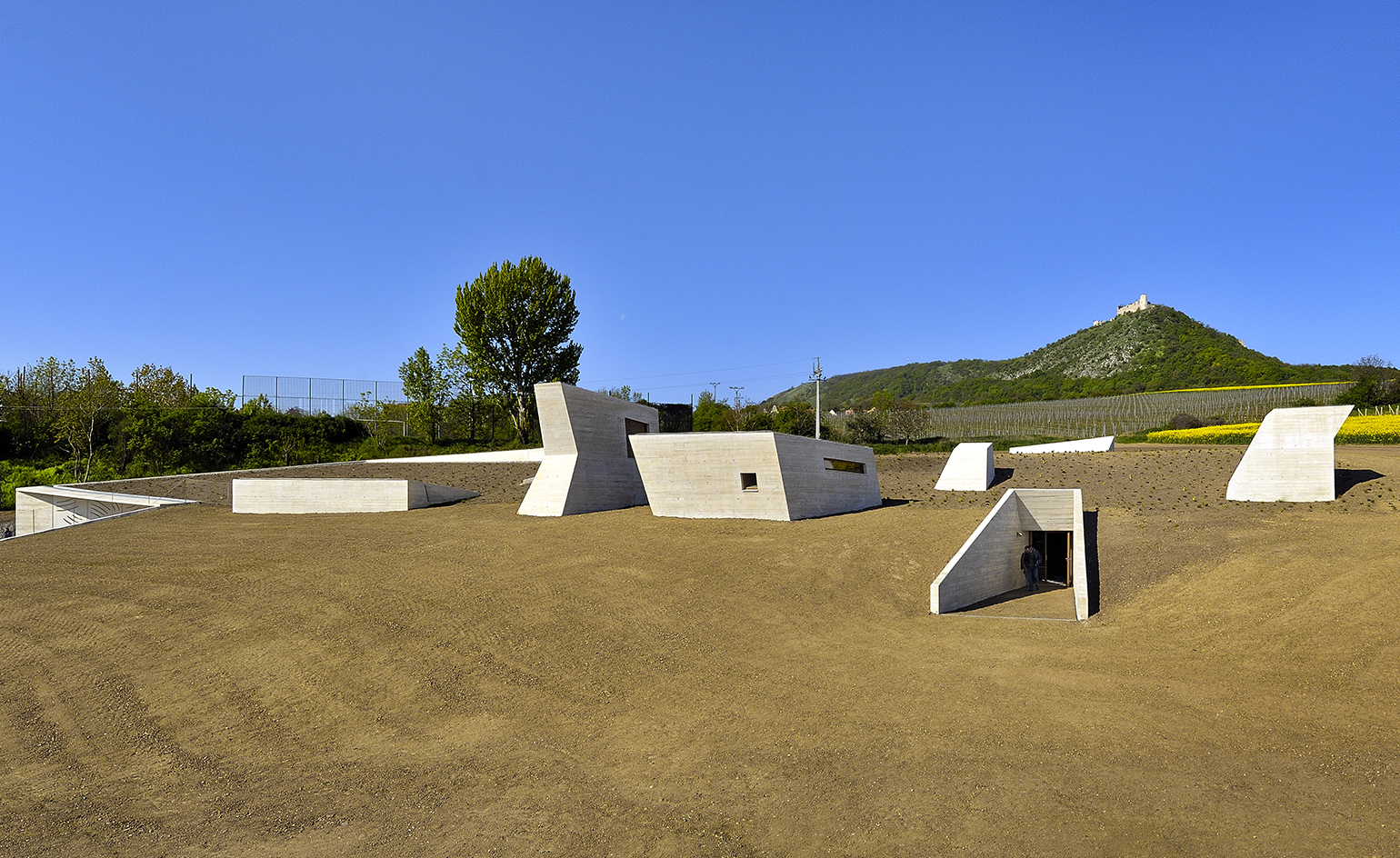
The excavation of a complex of settlements from the Palaeolithic era in Lower Vestonice and Pavlov in Southern Moravia, near the Czech-Austrian borders, revealed a number of stone and bone tools, art objects and human skeletal remains, worth decades of extensive research. Thanks to them, the area is one of the hottest archaeological sites in Europe. Many of these artefacts are now accessible to visitors, who can browse through the exciting historical discoveries in the newly opened Archeopark museum, in the village of Pavlov.
The architecture of the new museum, which hosts not only the significant archaeological findings, but also a prehistoric burial ground and extensive documentation of the everyday and spiritual life of the Palaeolithic people, is just like their culture: strongly rooted in the earth. Local architects Radko Květ and Pavel Pijácek envisioned the building as a partially underground space. Several concrete volumes, sharp skylights and openings peak above ground, marking the museum’s presence in the landscape, mimicking the prehistoric architecture of dolmens and menhirs.
A gradually narrowing corridor leads visitors underground, to the main museum hall. Its abstract decoration is inspired by prehistoric engravings, cut through the side of the concrete wall. Inside, this contemporary concrete-and-wood grotto is divided into two levels that create a complex subterranean landscape. From the main hall visitors can access smaller, often deliberately claustrophobic spaces, resembling caves, where displays continue. The museum's interactive digital exhibition by Brno-based graphic studio Pixl-e is complemented with murals by Czech illustrator Michal Bacák, as well as a relief by artist Petr Písarík.
The Pavlov museum may appear relatively modest and small in size, but it packs quite a punch – its significance reaching far beyond the geographical borders of its region.
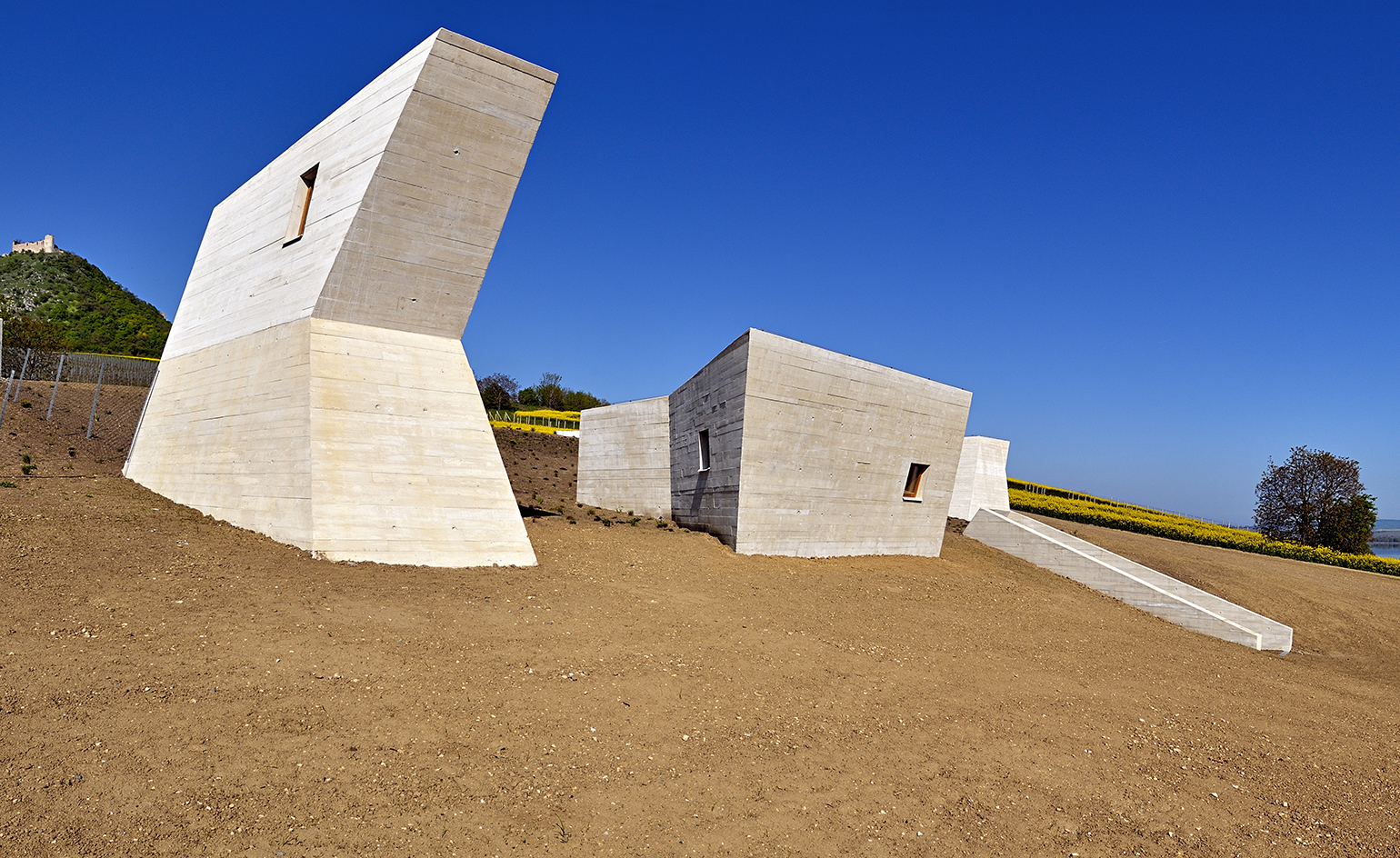
The largely-subterranean museum was designed by local architects Radko Květ and Pavel Pijácek, who envisioned several concrete volumes peaking above ground, marking its presence
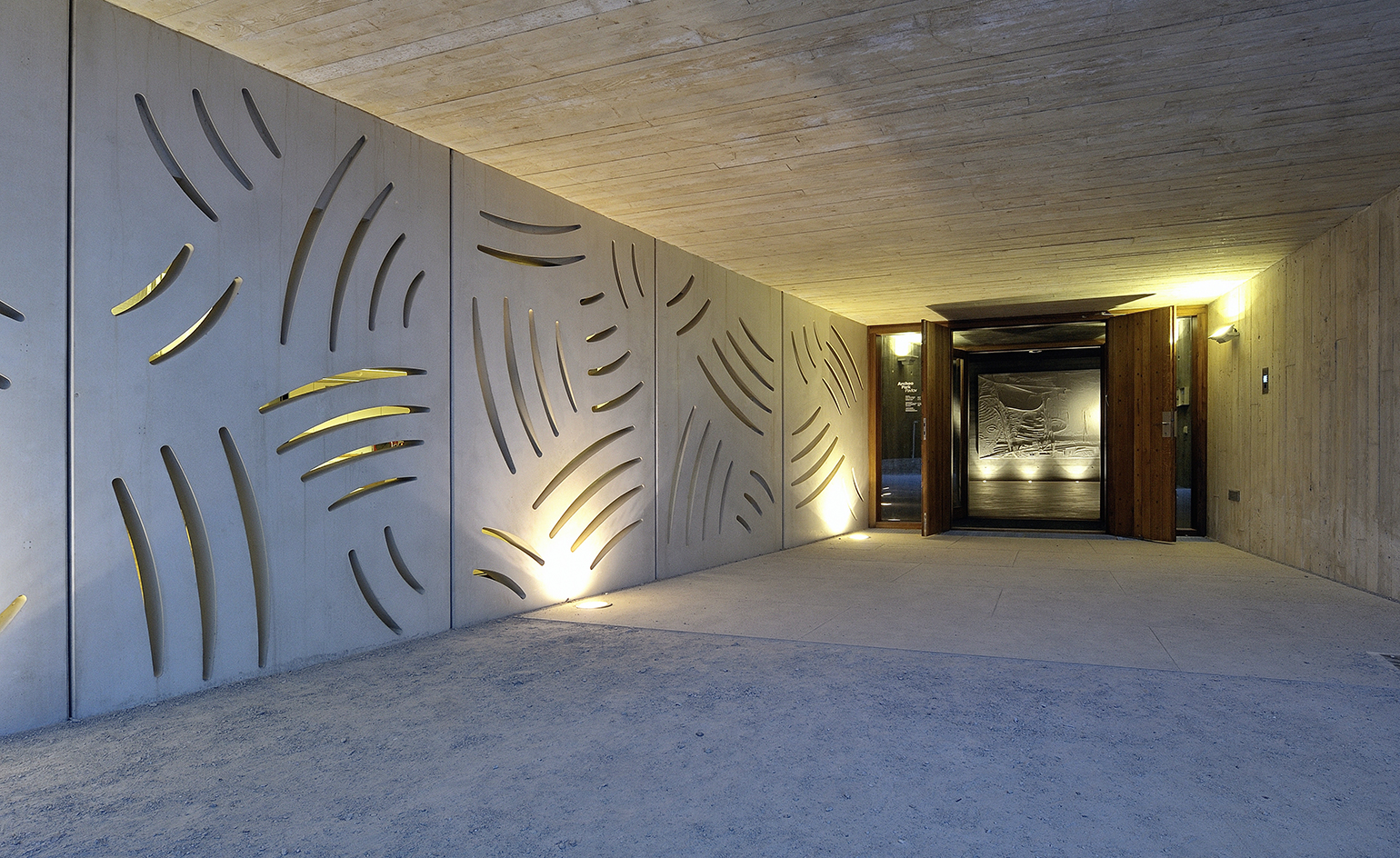
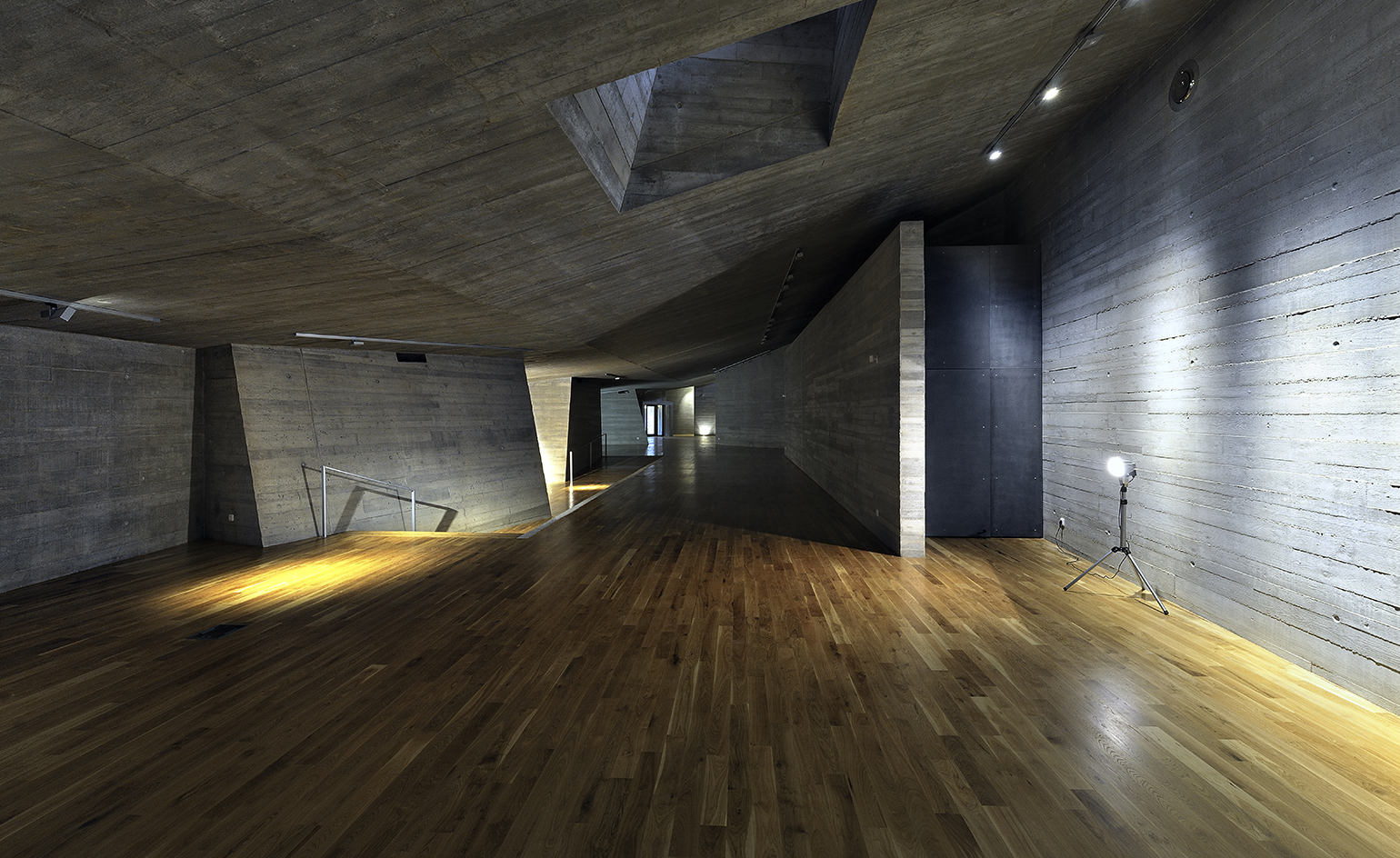
The structure is split into two levels and features interactive digital exhibition design by Brno-based graphics studio Pixl-e
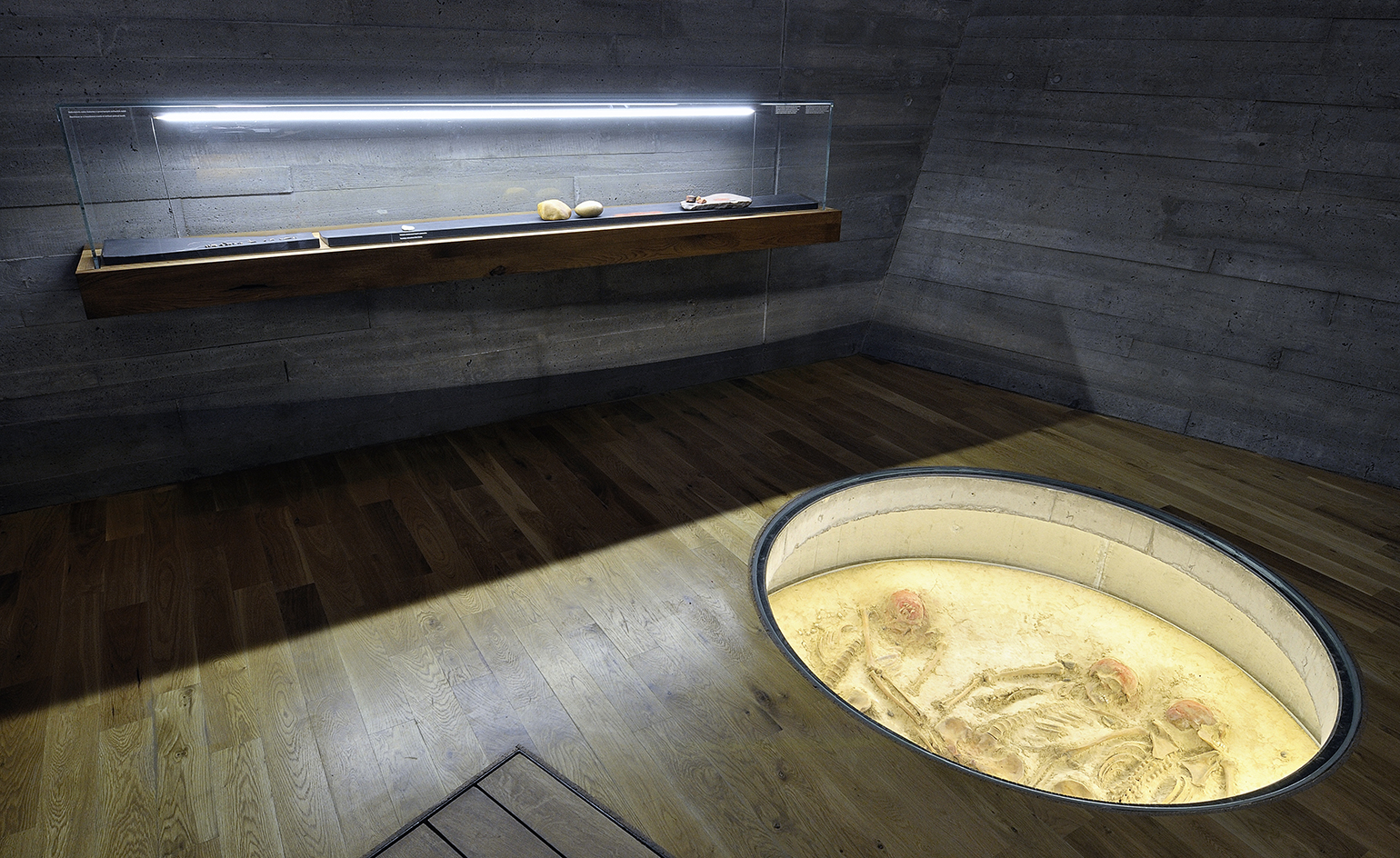
Several smaller, often deliberately claustrophobic spaces that resemble caves, host further displays
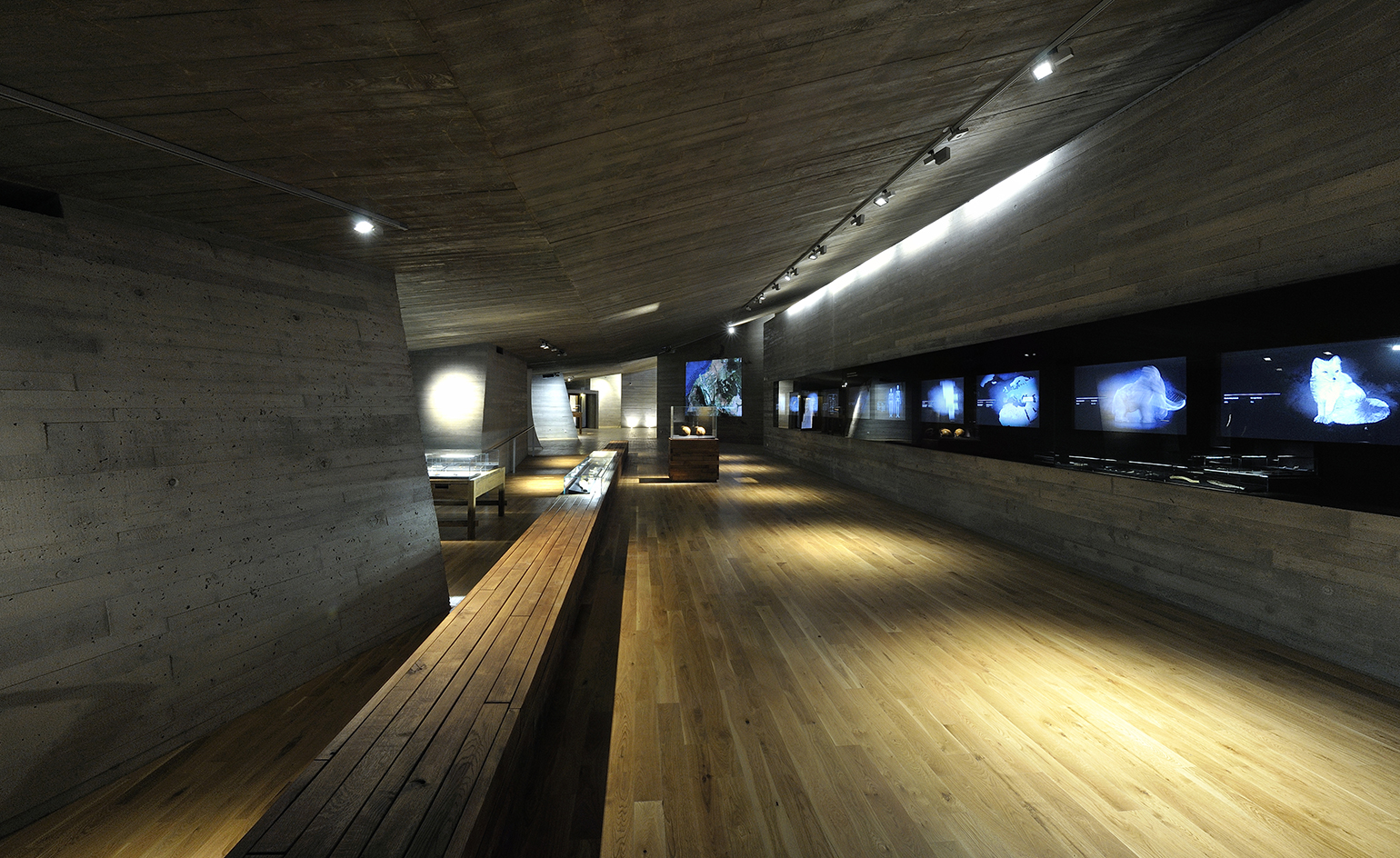
The exhibits include significant archaeological findings, but also a prehistoric burial ground and extensive documentation of the everyday and spiritual life of the Palaeolithic people
INFORMATION
For more information, visit Radko Květ’s website
ADDRESS
Archeopark Pavlov
23. dubna 264
691 29 Pavlov
Czech Republic
Receive our daily digest of inspiration, escapism and design stories from around the world direct to your inbox.
Adam Štěch is an architectural historian, curator, writer and photographer, based in Prague. He is the author of books including Modern Architecture and Interiors (2006), editor of design magazine Dolce Vita and a contributor to titles including Wallpaper* and Frame, while also teaching at Scholastika in Prague.
-
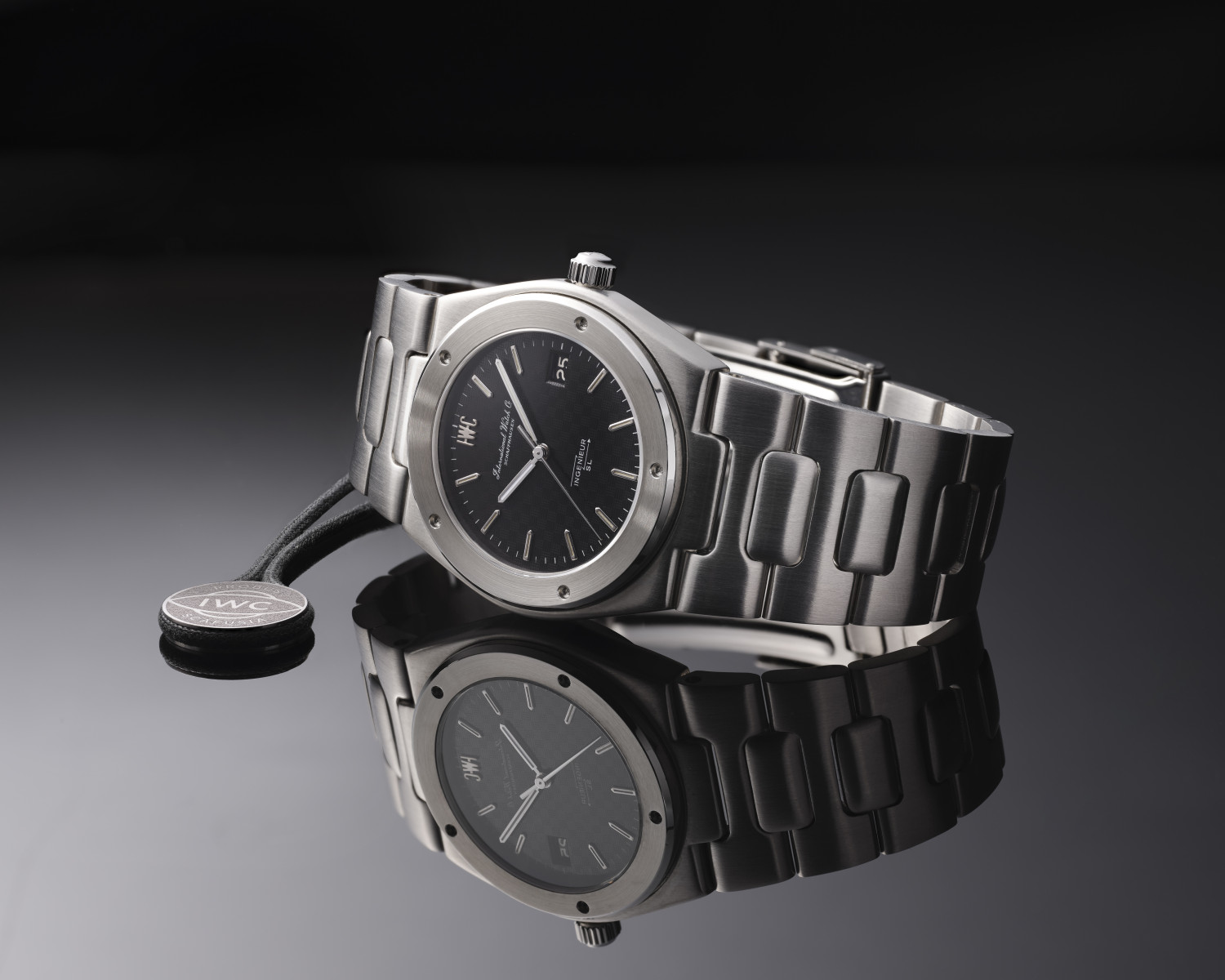 IWC joins the vintage revival, restoring and reselling archival watches
IWC joins the vintage revival, restoring and reselling archival watchesIWC has started to select and restore pieces from its own back catalogue to sell, joining Cartier, Vacheron and Jaeger LeCoultre who have similar programmes. Does the fact that the major watch houses are now getting in on the vintage watch boom – rather than just reissuing vintage-style watches – represent a tipping point for the watch market?
-
 Dr. Macrene has the secret to looking younger, no needles required
Dr. Macrene has the secret to looking younger, no needles requiredThe Find is a beauty dispatch revealing the names, brands and treatments circulating quietly among industry insiders. In this first edition, we speak to the New York dermatologist transforming the skin of the city's most famous faces.
-
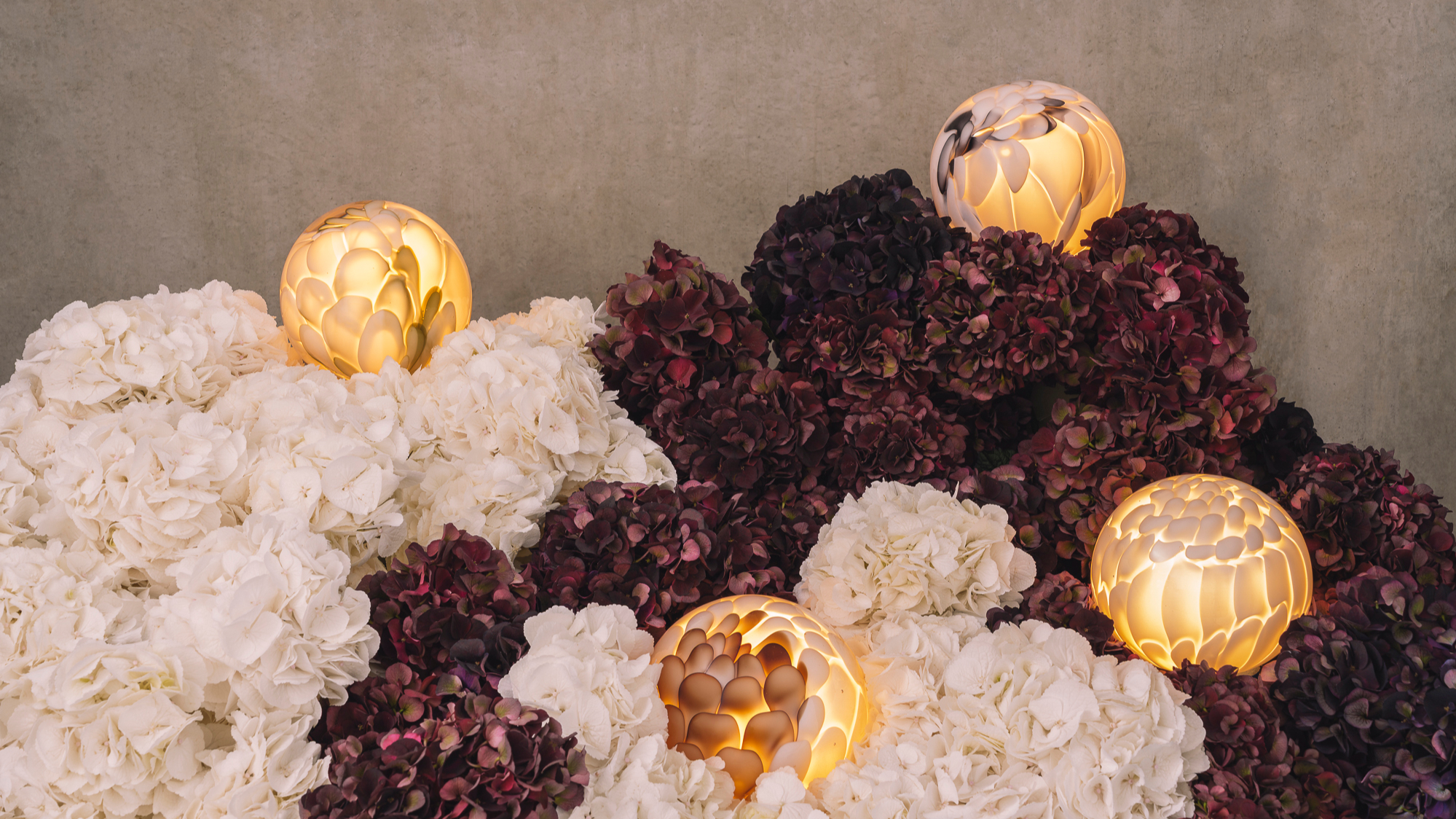 The latest portable light from Bocci is a luminous marvel
The latest portable light from Bocci is a luminous marvelBocci debuts the 118p – a portable lamp with feather-like impressions that are actually 'stretch marks' formed during the glass-making process
-
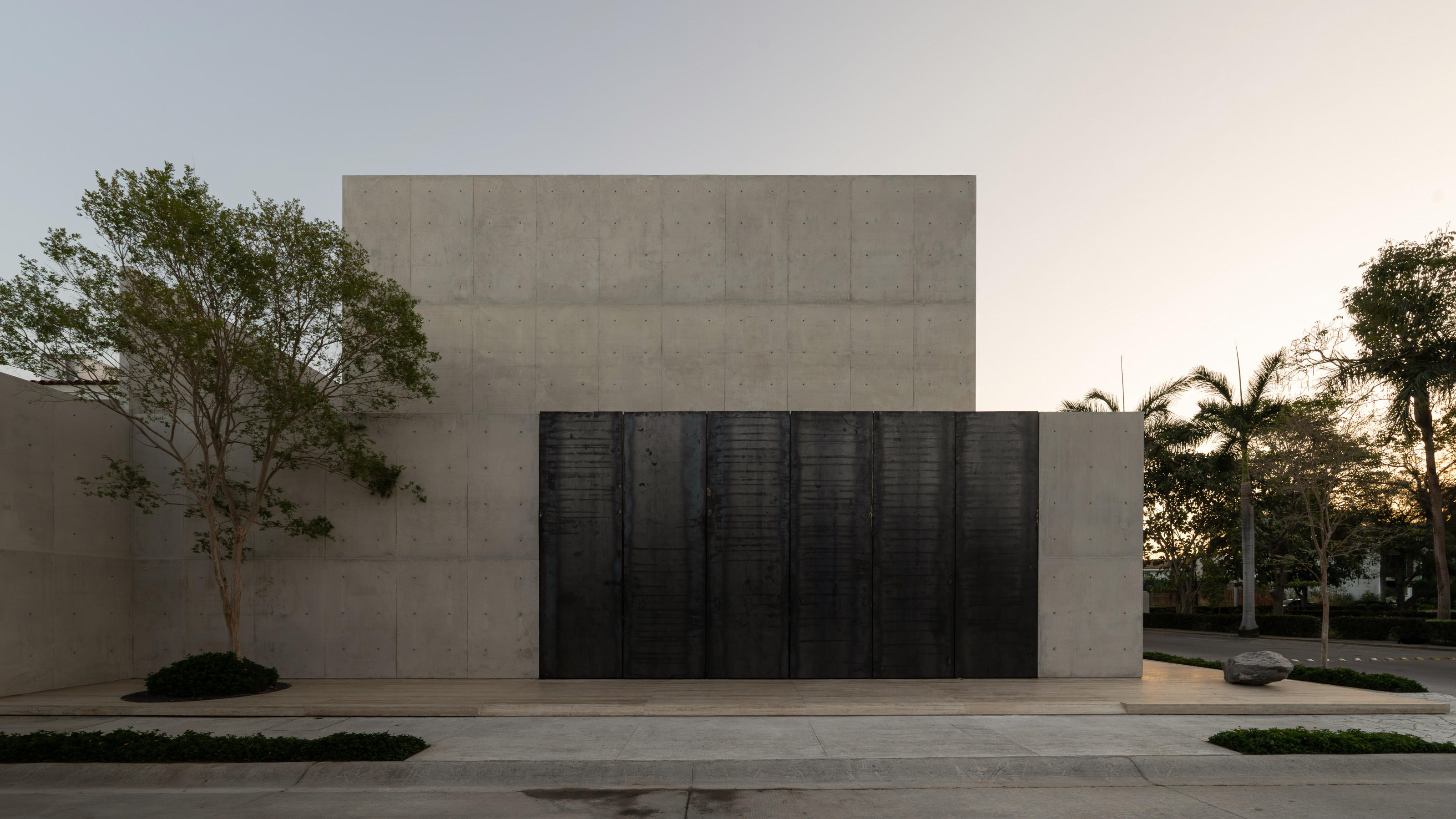 A beautifully crafted concrete family house in a Mexican suburb is a contemplative oasis
A beautifully crafted concrete family house in a Mexican suburb is a contemplative oasisHW Studio have shaped a private house from raw concrete, eschewing Brutalist forms in favour of soft light, enclosed spaces and delicate geometries
-
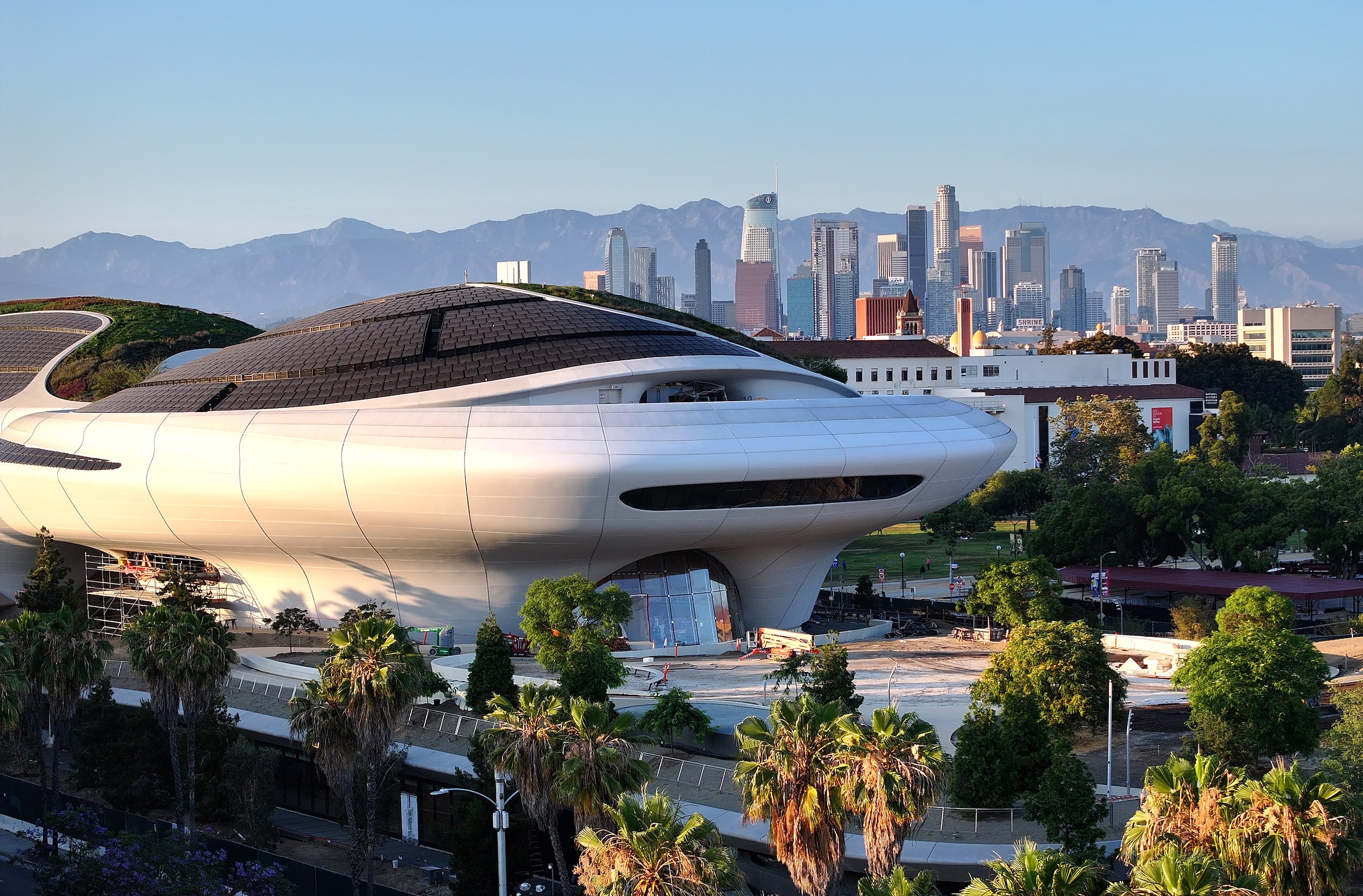 George Lucas’ otherworldly Los Angeles museum is almost finished. Here’s a sneak peek
George Lucas’ otherworldly Los Angeles museum is almost finished. Here’s a sneak peekArchitect Ma Yansong walks us through the design of the $1 billion Lucas Museum of Narrative Art, set to open early next year
-
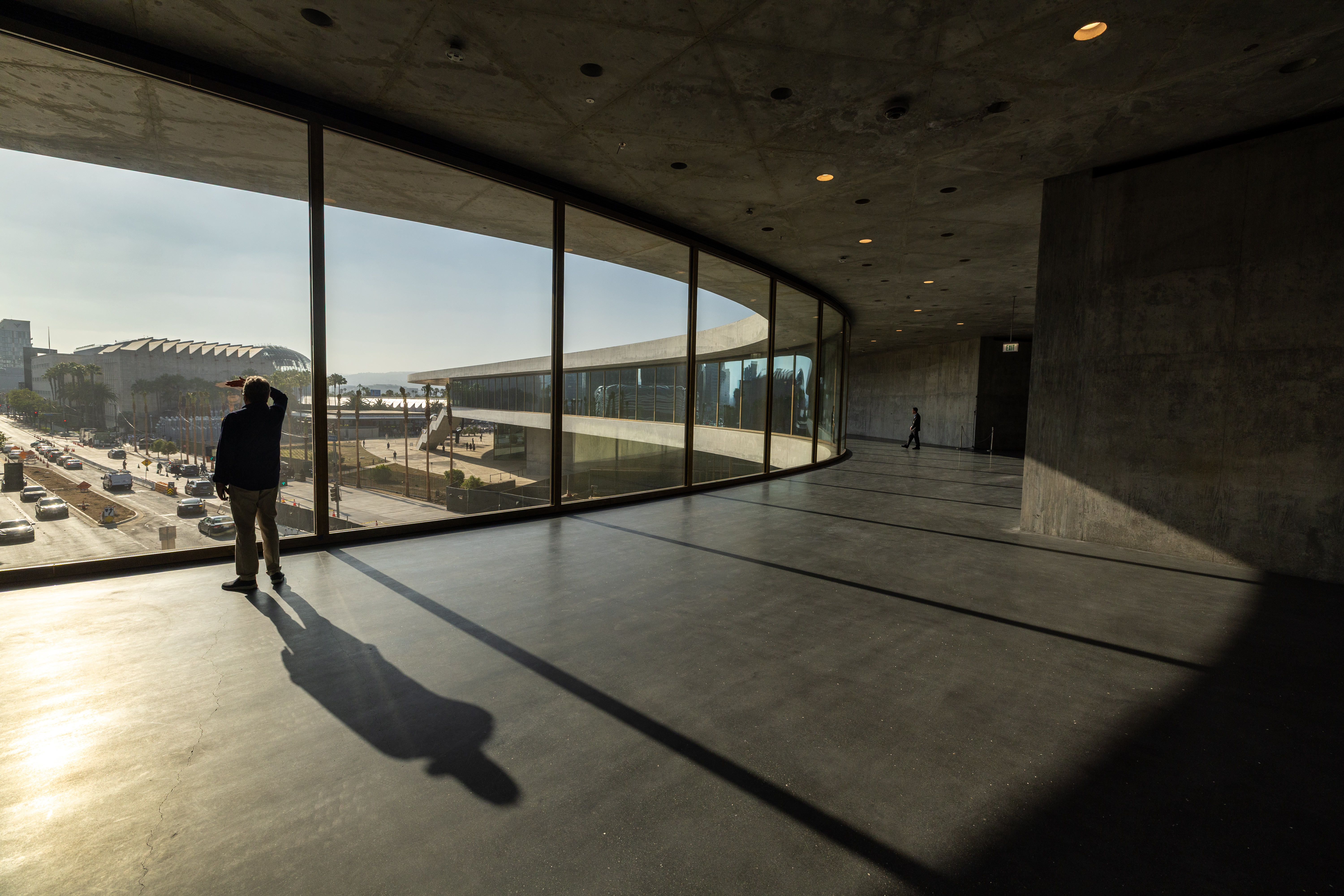 The great American museum boom
The great American museum boomNine of the world’s top ten most expensive, recently announced cultural projects are in the US. What is driving this investment, and is this statistic sustainable?
-
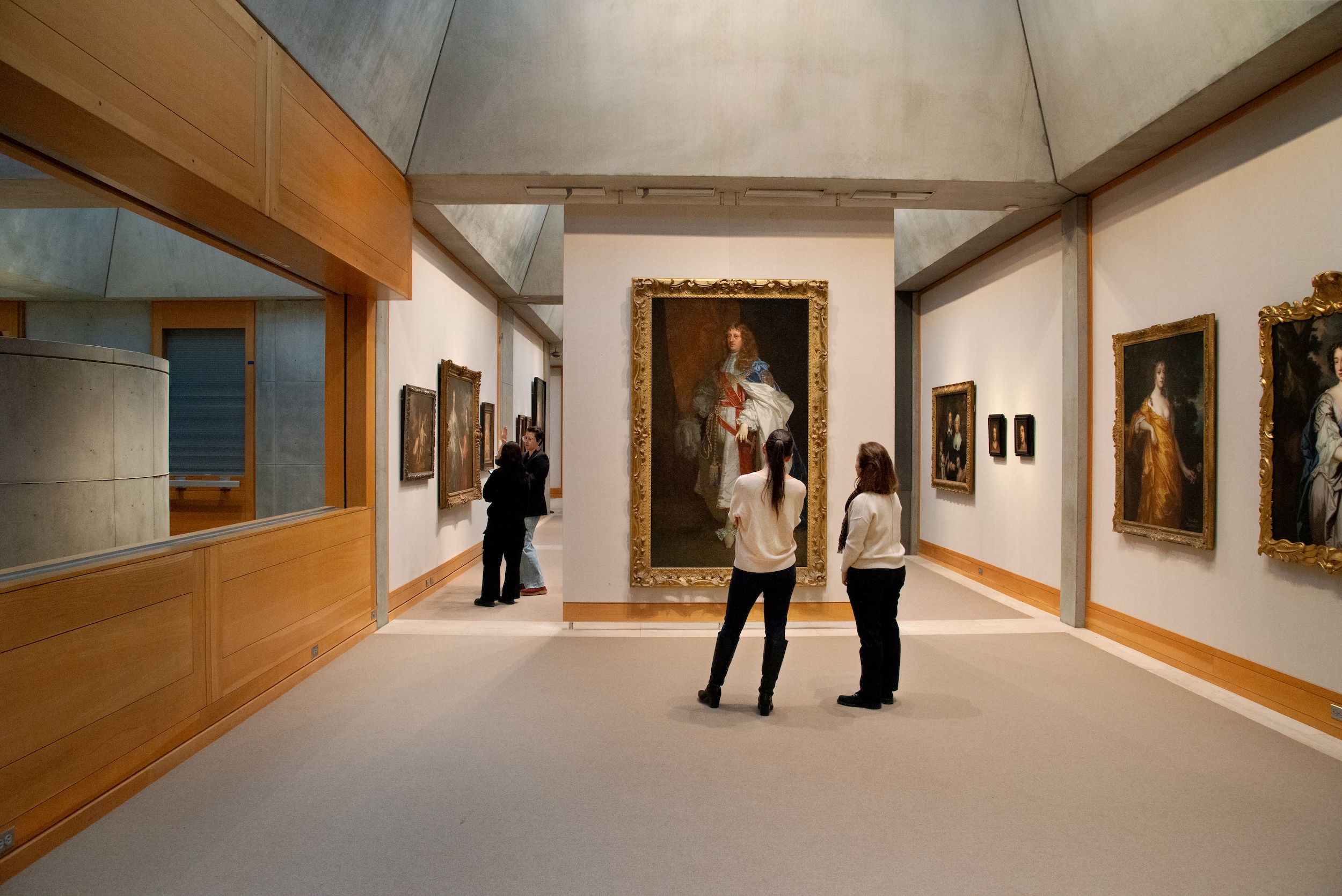 The Yale Center for British Art, Louis Kahn’s final project, glows anew after a two-year closure
The Yale Center for British Art, Louis Kahn’s final project, glows anew after a two-year closureAfter years of restoration, a modernist jewel and a treasure trove of British artwork can be seen in a whole new light
-
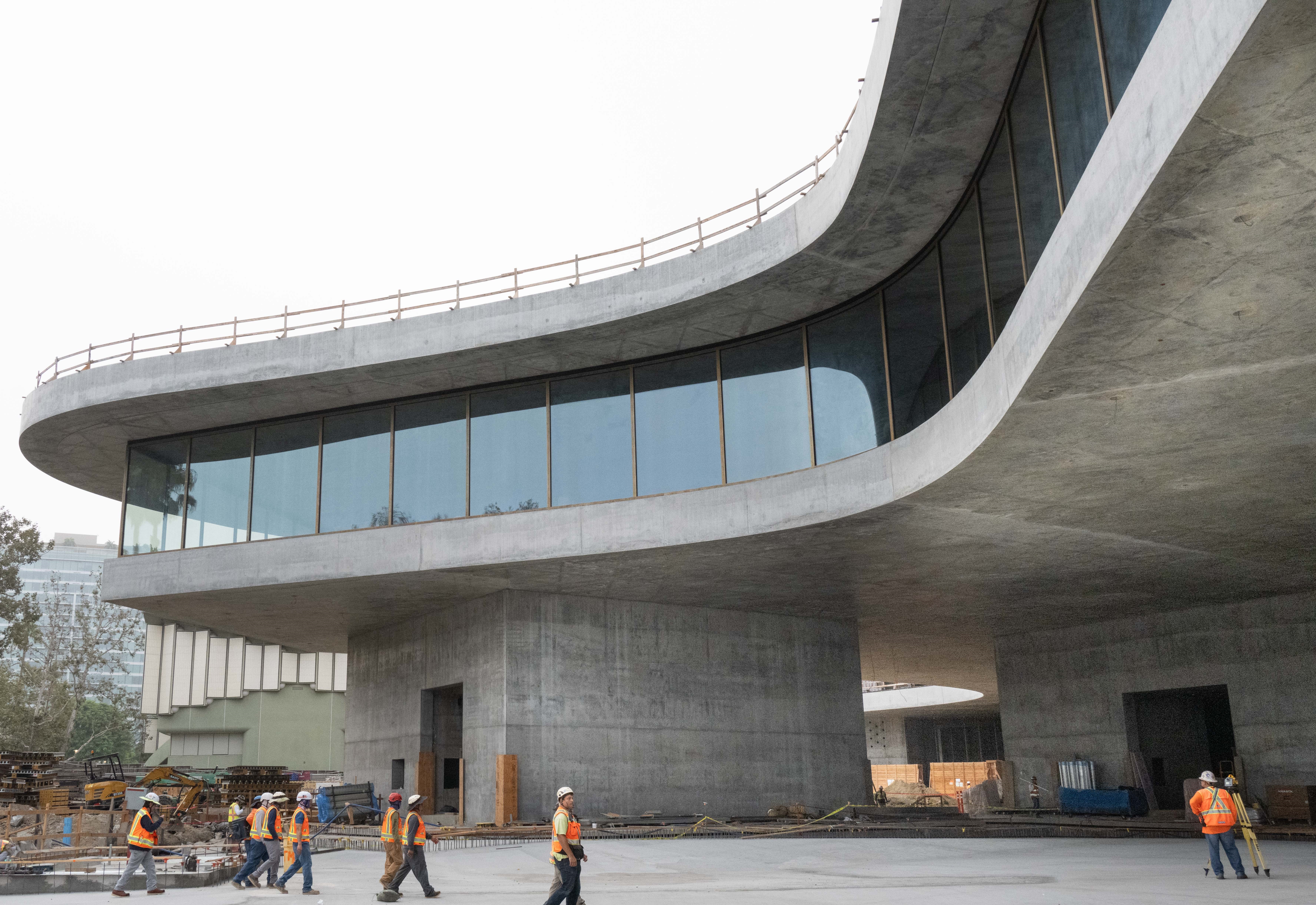 You’ll soon be able to get a sneak peek inside Peter Zumthor’s LACMA expansion
You’ll soon be able to get a sneak peek inside Peter Zumthor’s LACMA expansionBut you’ll still have to wait another year for the grand opening
-
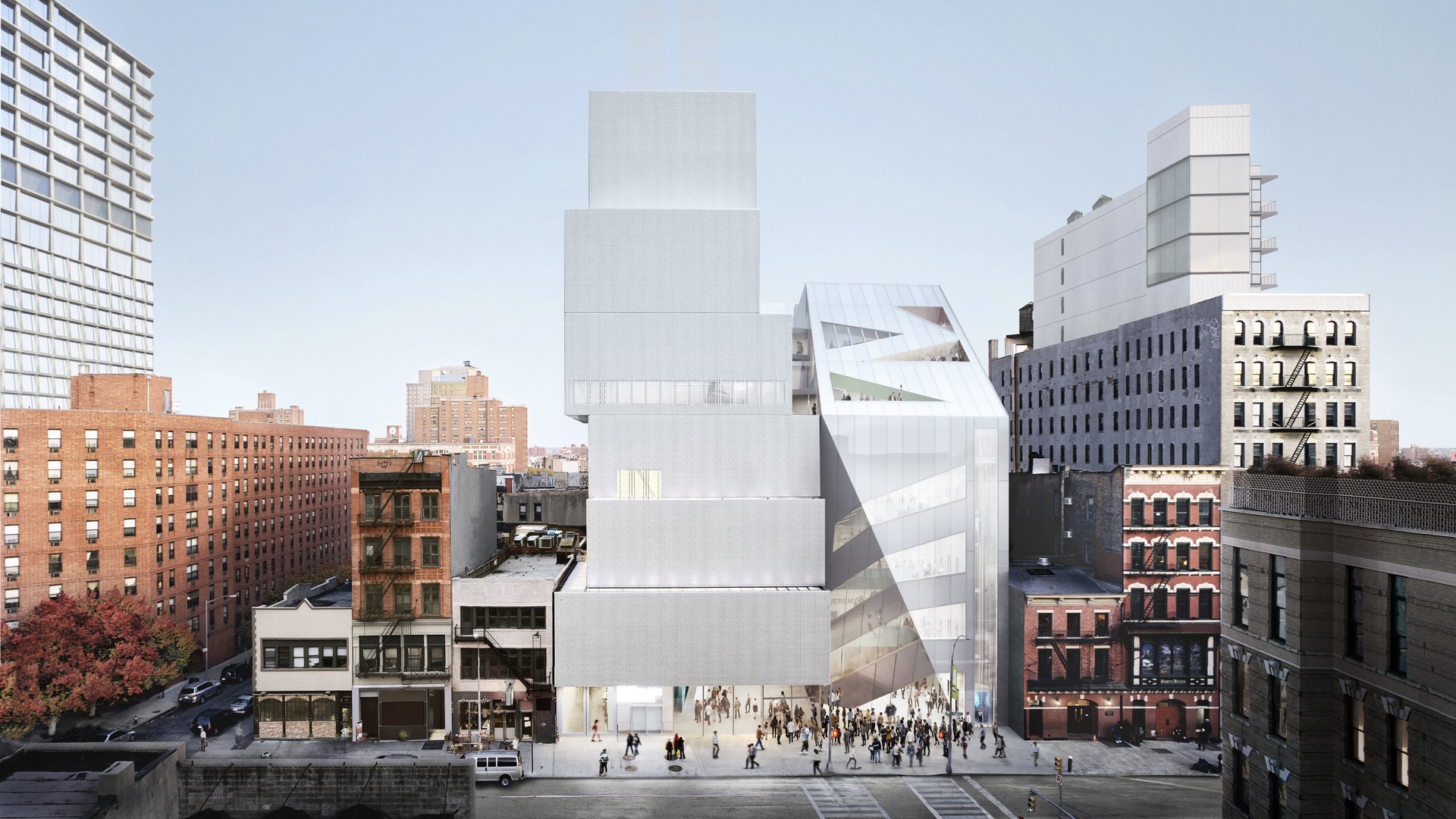 NYC's The New Museum announces an OMA-designed extension
NYC's The New Museum announces an OMA-designed extensionOMA partners including Rem Koolhas and Shohei Shigematsu are designing a new building for Manhattan's only dedicated contemporary art museum
-
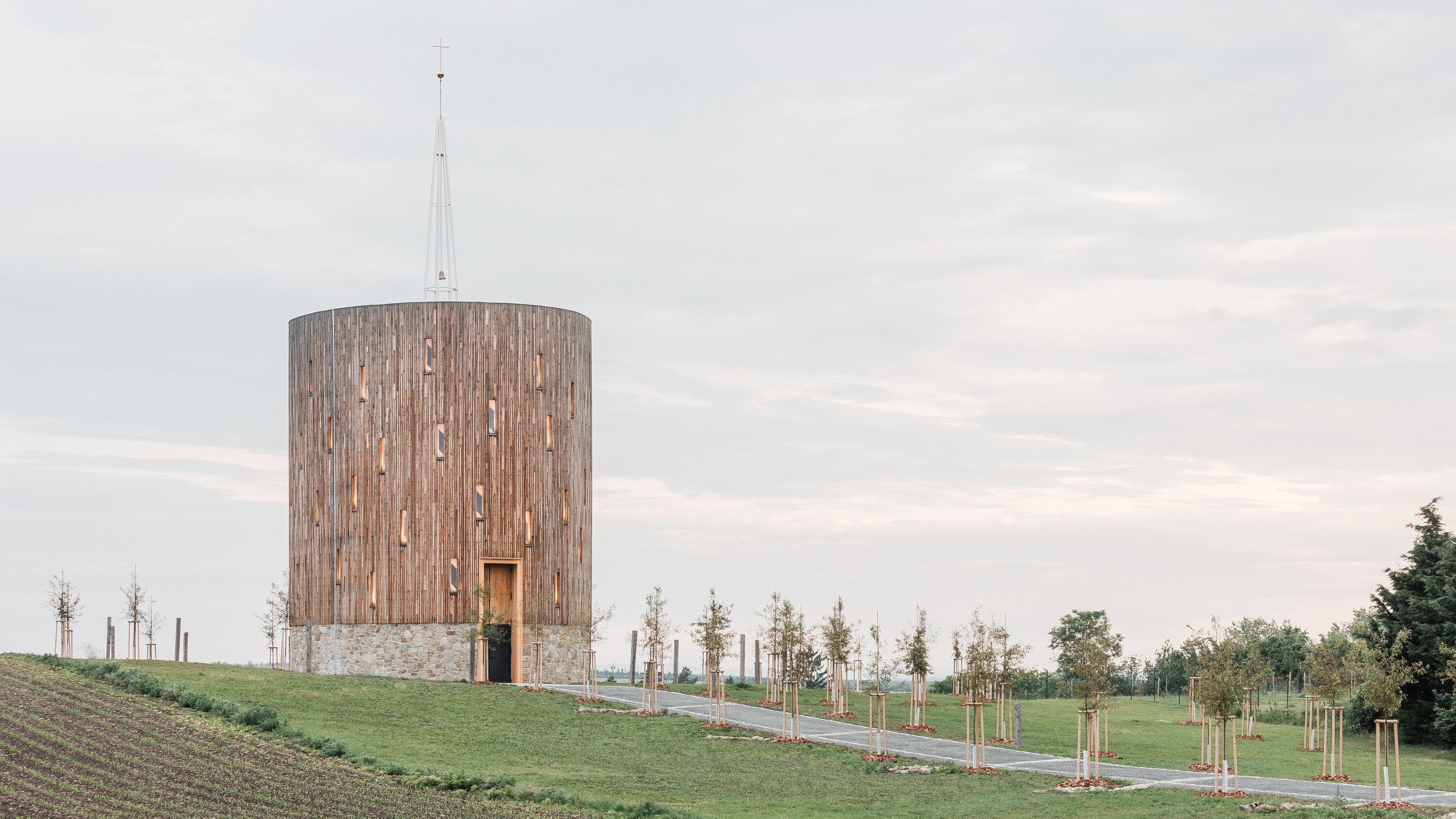 A new village chapel in the Czech Republic is rich in material and visual symbolism
A new village chapel in the Czech Republic is rich in material and visual symbolismStudio RCNKSK has completed a new chapel - the decade-long project of Our Lady of Sorrows in Nesvačilka, South Moravia
-
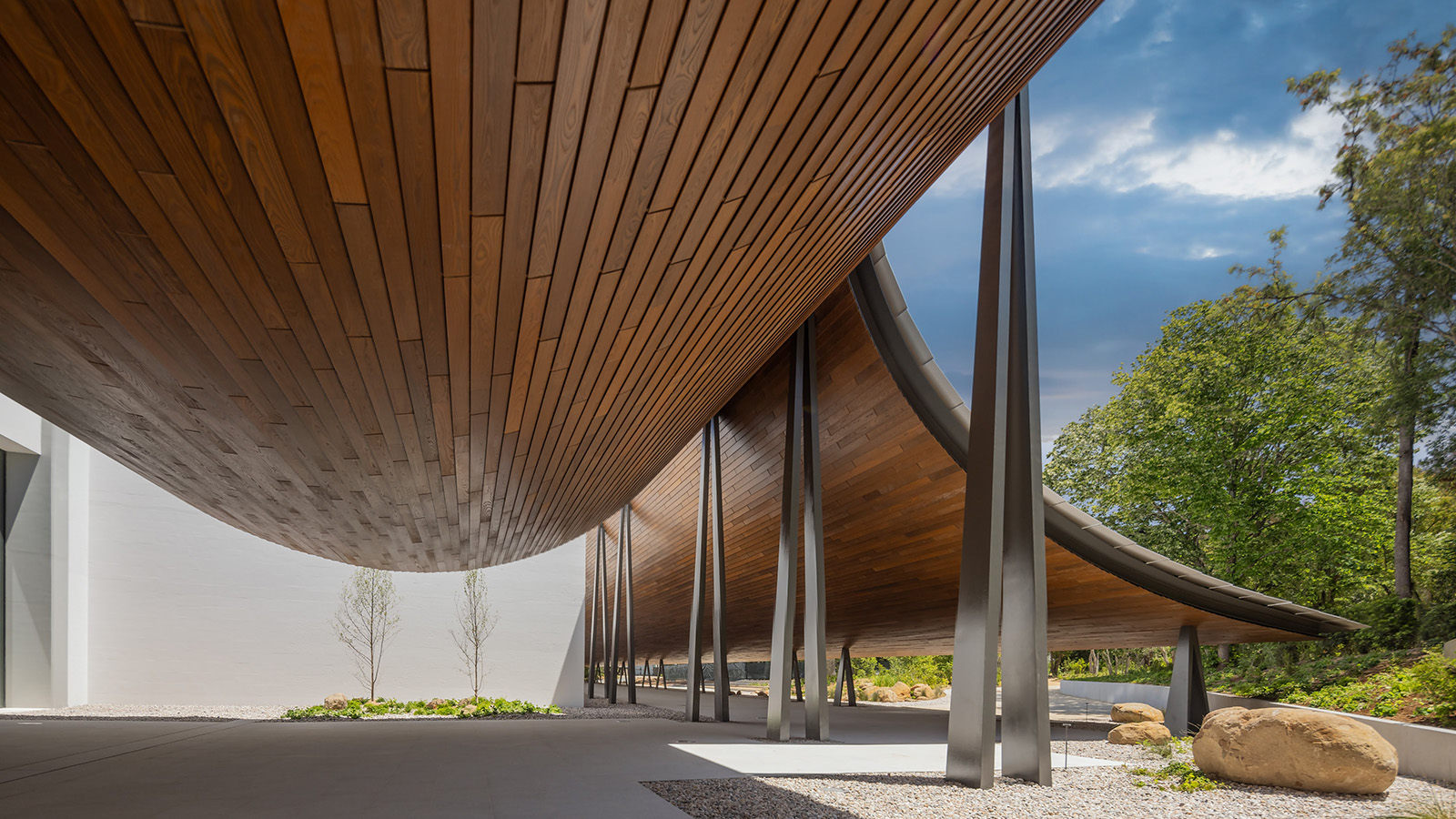 Gulbenkian Foundation's new art centre by Kengo Kuma is light and inviting
Gulbenkian Foundation's new art centre by Kengo Kuma is light and invitingLisbon's Gulbenkian Foundation reveals its redesign and new contemporary art museum, Centro de Arte Moderna (CAM), by Kengo Kuma with landscape architects VDLA